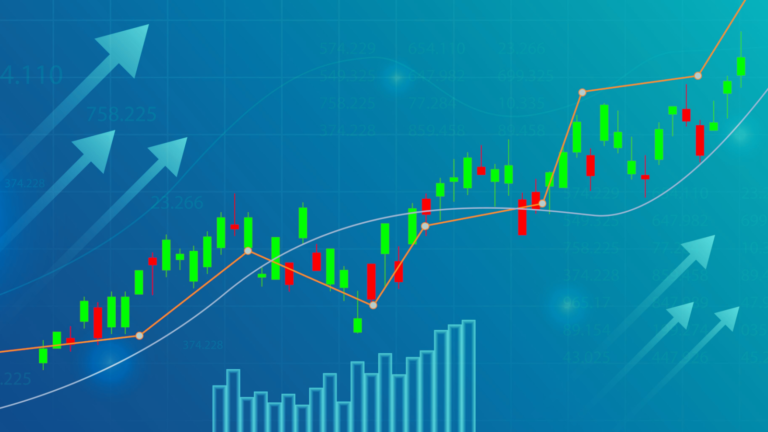The stock market’s “final line of defense” has arrived.
It was another tremendously ugly week in the markets, with the S&P 500 collapsing 2.4% Friday. Consequently, many investors are rushing for the exits. Yet, we’re soon planning to go on our biggest buying spree since March 2020.
Why? The bottom is near. And the 12-month return potential in individual stocks from their current levels is enormous. Buyers today will be handsomely rewarded by late 2023.
That is, every single important fundamental, technical, and sentimental indicator we track strongly suggests that:
- This bear market is on its very last legs.
- Stocks should be 20%-plus higher in a year.
One of those metrics is a technical metric that traders tend to call the stock market’s “last line of defense.” This last line of defense has a history of standing firm, and we ran right into it on Friday.
Consequently, history says now is a fantastic time to buy.
Here’s a deeper look.
The 200-Week Moving Average
The market’s last line of technical defense in bear markets and crashes tends to be the 200-week moving average (MA).
Over the past 50 years, pretty much every bear market on Wall Street has found durable support and bottomed at the 200-week MA. That’s important because the S&P 500 is currently trading right around its 200-week moving average of 3,600.

To be sure, not every bear market bottomed at the 200-week moving average. There are three notable exceptions over the past 50 years when stocks crashed well-below that level: 1974, 2001, and 2008.
However, each of those crashes had unique risks. And none of those periods hold parallels to today.
In 1974, inflation was running north of 10% and climbing. We’re at 8% and falling inflation rates today. Not comparable.
In 2001, the market was trading at 20X to 21X forward earnings. Today, we’re trading at 16X forward earnings. Not comparable.
And in 2008, the financial economy was on the verge of collapse after the bankruptcy of Lehman Brothers. We’re currently in a world where none of the big banks are sounding any liquidity alarm bells. Not comparable.
In other words, every bear market of the past 50 years has found durable support around the 200-week MA, with three exceptions. And none of those exceptions are comparable to today.
Therefore, history says stock should bottom around current levels and proceed to rebound strongly over the next 12 months.
The Final Word
Let’s keep things simple.
Historically speaking, the best time to buy stocks is when they’re beaten-up, undervalued, and oversold.
All three are true today.
- Stocks are beaten-up. They’re down about 30% from their highs, on-par with the median bear market decline.
- Stocks are undervalued. They’re trading at less than 16X forward earnings, below their five-, 10-, 15-, 20-, 25-, and 30-year averages.
- Stocks are oversold. The market’s Relative Strength Index (RSI) is collapsing toward 30 on a weekly basis. And whenever stocks get this oversold, they tend to bounce big over the next 12 months.
So… stocks are beaten-up… undervalued… and oversold.
Then, why aren’t you buying this dip?
Irrational fears related to present macroeconomic conditions – like the fears of COVID-19, the Great Financial Crisis, and the dot-com crash – will pass.
Don’t let irrationality scare you out of a very rational and generationally compelling buying opportunity.
It’s time to get ready to buy the dip!
On the date of publication, Luke Lango did not have (either directly or indirectly) any positions in the securities mentioned in this article.

